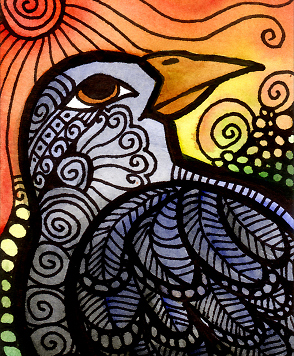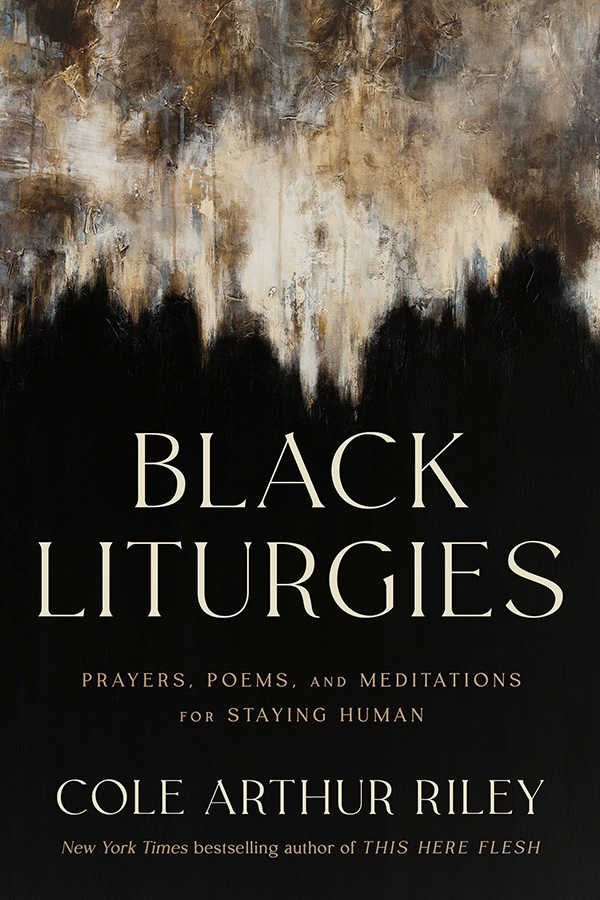I’m a collector, but I don’t collect anything of value. Mostly I gather rocks and shells, which, to my wife’s displeasure, are scattered throughout our house. Like most preachers I know, I also collect stories, and lately the ones that have captured my imagination are tales of human saints and saintly animals living in harmony.
These stories are the stuff of legend, scattered throughout church history. There’s the story of St. Francis and the repentant wolf of Gubbio, whom Francis convinced to forgo his nasty habit of dining on local townspeople. St. Sergius disappeared deep into the forests of Russia to live as a hermit, where a congenial brown bear became his closest companion. And there’s St. Columba of Iona -- with whom, the old monks noted, seals would playfully swim whenever he went for a dip in the sea.
My favorite is St. Brigid, who must be the closest thing the Christian church has to Dr. Dolittle. Brigid tamed a fox and convinced a stubborn cow to provide milk three times a day. A generous hive of bees once led her to their secret stash of honey. And a particularly devoted wolf was said to curl up at her feet whenever she preached at her convent in Kildare.
After collecting these stories for a while, it occurred to me that we can receive these tales in two different ways. Usually we read them anthropocentrically. We view the human saint as the sole hero of the tale and regard the saintly animals as mere props, indications of his or her favor with God.
But as I delved more deeply into them, I began to read these legends differently. I now see them as stories of deep cooperation between God, humans and animals -- as visions of shalom.
While we superficially translate this great Hebrew word as “peace,” it is really something much more comprehensive and hopeful.
Shalom is how God first intended life to be and what God promises life will one day become again. Visions of shalom are found in stories of deep connection -- in which lions metaphorically (and sometimes literally) lie down beside lambs for an afternoon nap. The stories get a little far-fetched, but that’s no argument against them. Rather, it’s the whole point.
Stories of shalom -- of deep, intimate connection between Creator and creatures of all stripes and gifts and graces -- are meant to stoke our imaginations. They place before us a vision of how life is supposed to be.
One of my favorite visions of shalom is the story of Elijah and the ravens (1 Kings 17:1-6). The prophet Elijah is on the run from King Ahab and Queen Jezebel. He runs all the way to the Valley of Cherith, which has to be one of the best places to hide in all of Palestine. It’s actually more of a ravine than a valley, with craggy, desolate hills on either side. In some places there’s barely enough of an opening for one person to squeeze through. Here Elijah is safe from Ahab and Jezebel, but he’s also exposed to every other mortal danger, chief among them hunger and thirst.
So God makes Elijah a promise: Go to the Wadi -- the brook -- of Cherith. Refresh from its waters. Every morning and every evening, a conspiracy of ravens will bring you meat carried to you in their very own beaks.
That’s quite a promise. Ancient Hebrews considered ravens to be especially unclean, and in many cultures they are considered bad omens. Furthermore, ravens, as you know, are carrion eaters and are not known for their table manners. From them, we get the word “ravenous,” which does not exactly connote sharing and generosity. And a flock of ravens? Well one term for that is a “conspiracy.” You don’t get much more ominous than that!
And yet it is this word that gives us a clue that something more is going on here than just some hero’s tale. One of the definitions of “conspiracy” is an act done in harmony toward a common end. The word itself comes from Latin roots, con (with) and spiro (I breathe). So to conspire literally means to breathe together.
That’s a good metaphor for shalom. God, humans and animals breathing the same air, working together to make some inhospitable place into a home.
When I come across a story of human saints and saintly animals, that’s what I now see. I see cooperation so deep that it could be called a conspiracy. I see connection between God and creation so intimate that it should be called a covenant. In stories such as Elijah and the ravens, we glimpse shalom.
We see how God intended life to be and how one day -- through the covenant of grace -- life will be once again.









